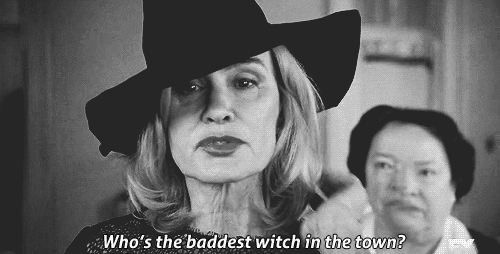
From the time we were children we’ve heard the stories: Salem, Oz, wiggling noses, and green faces. Whether you’re a good witch or a bad witch, this archetype has remained one the most interesting throughout history, particularly because not all the stories were fairytales. Tired of the only “real witch” stories coming from the Salem witch trials, I wanted to know about the witches who have lived since, and who are still practicing today. They certainly can’t just wiggle their noses or point their fingers to bend the universe to their will; their magic is far more complicated, but that much more intriguing.
Doreen Valiente
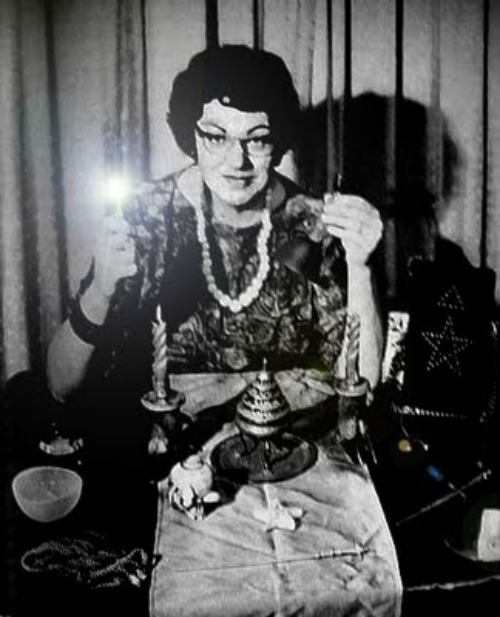
Doreen Valiente is considered the mother of modern witchcraft, as she was the High Priestess appointed by the “father of modern witchcraft,” Gerald Gardner. She contributed a great deal of books and other writings to Gardnerianism and was a member of Gardner’s Bricket Wood Coven.
Valiente cast her first spell at the age of 13, willing that her mother would stop being harassed by a coworker. This was of course to her Christian parents’ dismay and she was subsequently sent to a convent. She would continue to be interested in the occult for years, believing the old ways 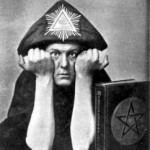 were gone and magick was no longer practiced. However, she came across an article in 1952 about witchcraft in Britain that would change her life. The article was about the witches of New Forest raising a ‘cone of power’ to keep Hitler from invading Britain. Valiente got in contact with the writer of the article and was able to meet with Gardner herself and eventually be initiated into the Coven.
were gone and magick was no longer practiced. However, she came across an article in 1952 about witchcraft in Britain that would change her life. The article was about the witches of New Forest raising a ‘cone of power’ to keep Hitler from invading Britain. Valiente got in contact with the writer of the article and was able to meet with Gardner herself and eventually be initiated into the Coven.
After reading Gardner’s Book of Shadows and questioning its authenticity, he admitted that much of it was taken from the well-known and feared, Aleister Crowley. Crowley had proposed quite a bit about magick at this time, and was the first to put it in terms of manipulating energy to provoke change. He also wrote the law Thelema, a religion or philosophy birthed by Crowley, which is the well-known quote, “do what thou wilt…” (Image: Aleister Crowley). Valiente believed that any connection with Crowley and Wicca would tarnish their reputation and any possibility of Wicca being taken seriously. With Gardner’s permission she rewrote much of the book adding rituals and poetry. Eventually, she became a solitary witch and wrote books and articles on witchcraft to aid the modern witch.
Patricia Crowther
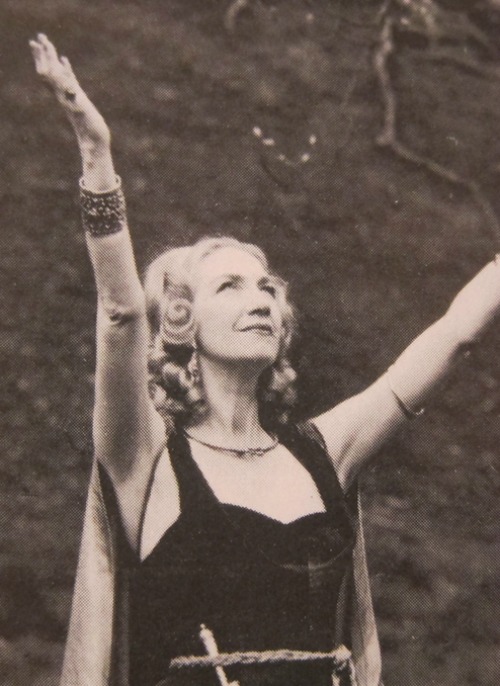
Born into a mystical line, Crowther was destined to be involved in the occult. Her grandmother was an herbalist and clairvoyant, and as a child her family lived next door to a Palmist who predicted that Crowther would also be a great clairvoyant. She too was initiated by Gardner, along with there husband, Arnold Crowther. The Crowthers began their own coven in 1960, and were the first to present a radio series on the BBC that discussed the history and ways of witchcraft.
Janet Farrar

Farrar was first introduced to Wicca by a friend who was interested in joining the Sanders Coven. Initially, she was trying to keep her friend out of what she believed was a strange cult, only to be initiated in 1971. She met her husband, Stewart Farrar through the Sanders’, and the two went on to co-author several books on witchcraft. In 1993, they began a polyfidelotous relationship with Gavin Bone and wrote two more books. Bone and Farrar continued to write after Stewart’s death, and they now refer to their religious practice as Progressive Wicca. They founded The Alliance of Progressive Covens, which links covens in The United States, Ireland and Italy.
Maxine Sanders

As mentioned above, Maxine was one of the founders of the Sanders Coven and Alexandrian Wicca, along with her husband. The couple was a household name in London in the sixties and seventies. Even after their separation in 1972, they continued running the coven and teaching classes on the craft. The Sanders’ Coven was very popular and was featured in several books on witchcraft. Biographys were also written about both husband and wife.
Rosaleen Norton
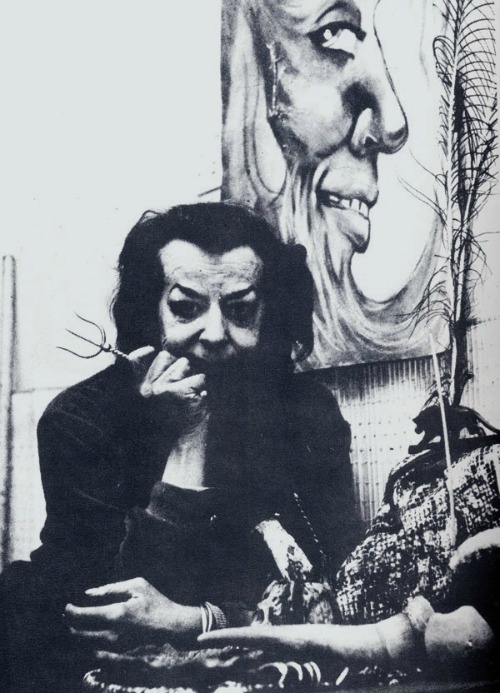
Rosaleen Norton claimed she was born a witch, particularly because she had several interesting and strange features. As child she was always very distant from her immediate family and even lived in a tent in the garden for three years. She had a pet spider, Horatius that she kept at the entrance of the tent and several other strange pets. She went on to become a celebrated, though controversial artist, as most of her paintings depicted the devil and other areas of the occult. Her home in the red light district of Kings Cross in Sydney, Australia was a popular tourist attraction once word got around that she was a witch. She used her craft to make money at this time, casting hexes for people, and making charms. After her death, Kings Cross dedicated a plaque to Norton that is still installed on Darlinghurst Rd.
Laurie Cabot
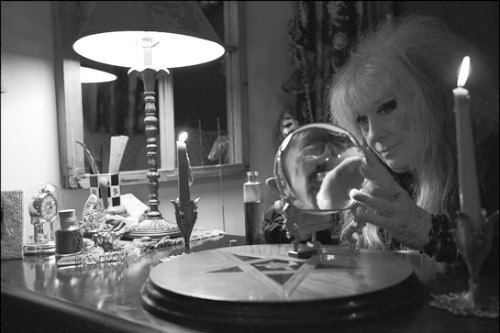
Laurie Cabot is recognized as bringing witchcraft to America. She raised her two daughters as witches and opened a store in Salem called The Cat, the Crow, and the Crown, which closed in 2012 after 40 years. Cabot believes that witchcraft should not do harm and is considered to to be a practitioner of traditional witchcraft rather than Wicca. She was named “The Official Witch of Salem, Massachusetts” and is a local celebrity. Today she runs an online store called The Official Witch Shoppe which is one of the most well-known and commonly used sources for witches.

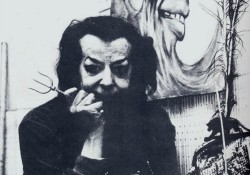

Recent Comments